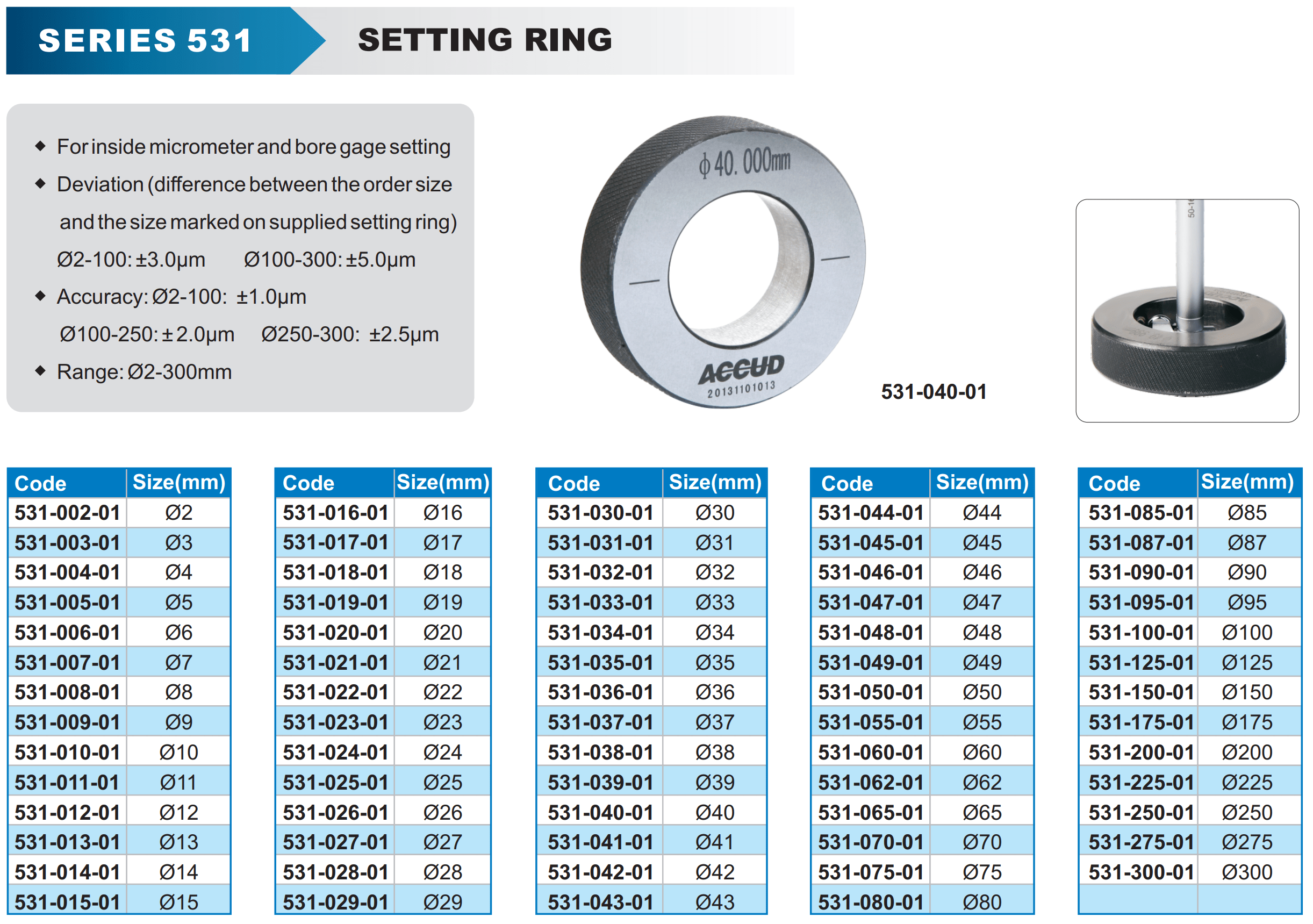SETTING RING 19MM 0.001MM ACC.
SETTING RING 19MM 0.001MM ACC.
- Stock: 2
- Model: AC531-019-01
- Weight: 0.14kg
- Pack Dim: 90.00mm x 86.00mm x 86.00mm
- UPC: 6009515870294
Price:
R 1,889.34
Ex VAT: R 1,642.90








